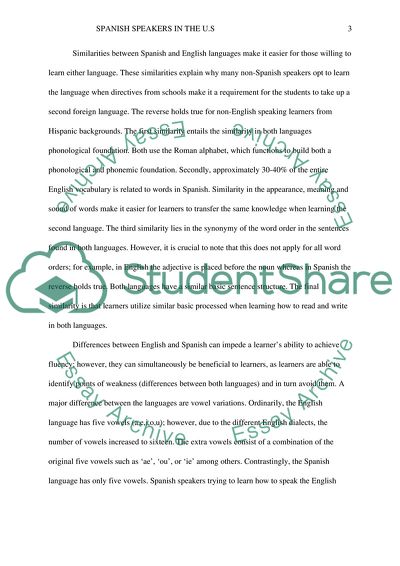Cite this document
(Spanish Speakers in the U.S Coursework Example | Topics and Well Written Essays - 1250 words, n.d.)
Spanish Speakers in the U.S Coursework Example | Topics and Well Written Essays - 1250 words. https://studentshare.org/politics/1869363-spanish-speakers-in-the-us
Spanish Speakers in the U.S Coursework Example | Topics and Well Written Essays - 1250 words. https://studentshare.org/politics/1869363-spanish-speakers-in-the-us
(Spanish Speakers in the U.S Coursework Example | Topics and Well Written Essays - 1250 Words)
Spanish Speakers in the U.S Coursework Example | Topics and Well Written Essays - 1250 Words. https://studentshare.org/politics/1869363-spanish-speakers-in-the-us.
Spanish Speakers in the U.S Coursework Example | Topics and Well Written Essays - 1250 Words. https://studentshare.org/politics/1869363-spanish-speakers-in-the-us.
“Spanish Speakers in the U.S Coursework Example | Topics and Well Written Essays - 1250 Words”. https://studentshare.org/politics/1869363-spanish-speakers-in-the-us.


